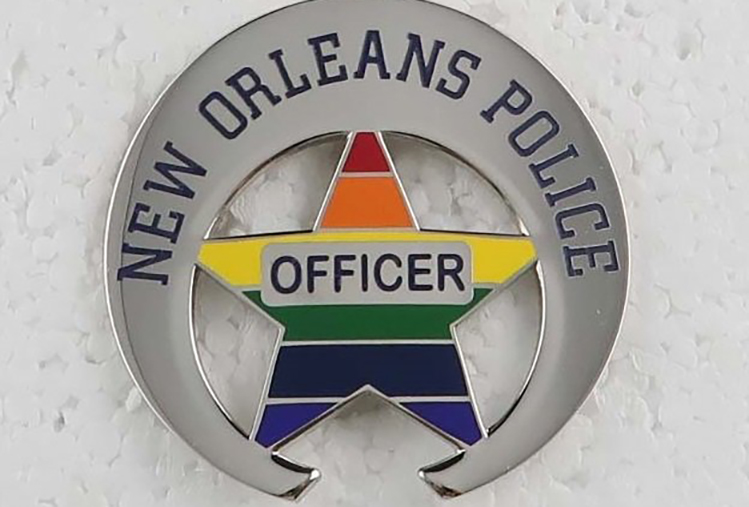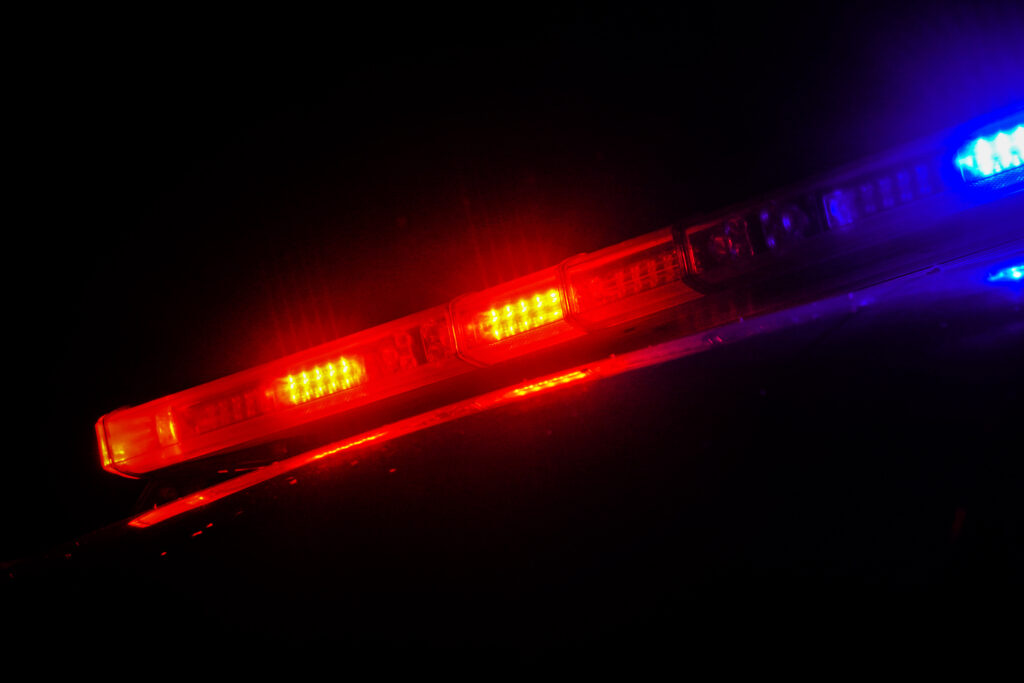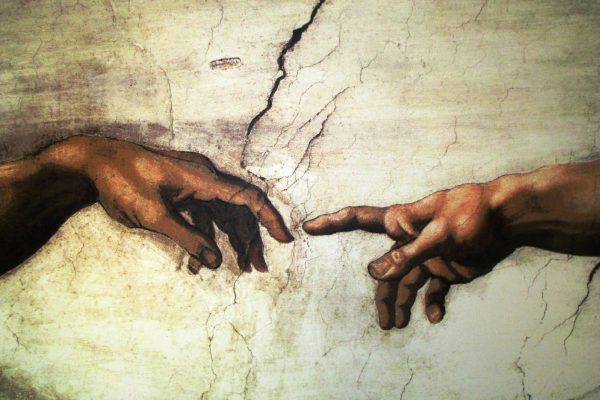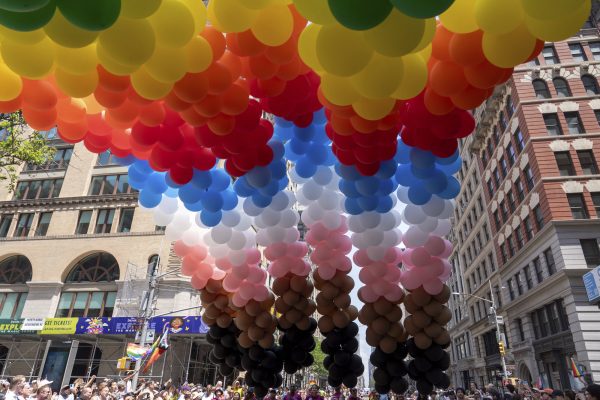Like the Stonewall Riots that Pride month commemorates, today’s protests oppose police harassment, profiling, and violence. The Stonewall Riots were led by trans women of color and drag queens, and unified a diversity of races, gender identities, and sexual orientations against discriminatory policing. Or to put this another way, discriminatory policing allied queers of all stripes. The coalition became attenuated as homosexuality mainstreamed; it all but snapped in the movement’s shift to marriage equality. Yearly, though, Pride festivals seek to shore up the fictional unity of our now threadbare initialism, LGBT. But as the recent kerfuffle over transforming Los Angeles Pride into a Black Lives Matter march demonstrates—planned in a rush of enthusiasm, then cancelled when alliances fell apart—white and black queers, and cis and trans people, often hold wildly different views on whether and how law enforcement needs to be transformed.
Ending the violence experienced by trans women of color at the hands of police will require first giving up the fiction that the LGBT community shares a uniform set of experiences or grievances.
In earlier decades, when police raided gay bars, blackmailed bars and club owners, and bashed gays on the street and in the parks, we could convincingly call ourselves a policed queer community. But today, the queer people who face the brunt of biased policing are trans women of color, subject as they are to state violence embedded in the hyper-surveillance of poor and racial minority communities, and in the criminalization and denigration of sex work (and the attendant assumption that if trans women are walking in public, they are sex workers). Ending the violence experienced by trans women of color at the hands of police therefore requires understanding how it rests at the intersection of racism, sexism, and classism. As well, it means having to give up the fiction that the “LGBT community” shares a uniform set of experiences or grievances.
In the spring of 2019, I volunteered for the ACLU of Louisiana, where I was tasked to draft a preliminary report on whether relations between the New Orleans Police Department and the city’s LGBT community have improved, worsened, or remained the same since the NOPD was issued a federal consent decree in 2013. Among the long list of problems enumerated by the decree was bias against “members of the LGBT community.”
My first recommendation to the ACLU, based on interviews with members of the New Orleans queer community—mainly owners and staff of gay bars and clubs as well as a group of young trans people of color—was that we need to stop focusing on the LGBTQ community writ large and focus instead on the policing of trans women of color. Why?
The gay men with whom I spoke, mostly but not all white, had virtually no complaints to level at the NOPD. Bartenders, as well as managers and owners, appreciate the security the NOPD provides for their establishments. Some gay club owners hire off-duty or retired NOPD officers as security for special events. It may surprise some readers that a black bartender at an historically black gay bar reported no problems with NOPD during his many years of employment at the venue.
The only common complaint among white gay and lesbian bartenders was that the NOPD does not arrive fast enough when they are called to resolve a scuffle. In the 1970s, we kept a sharp eye out for police in our bars. Now we don’t want them to be late. Three white employees of gay bars said they were suspicious of trans women of color, whom they claim have stolen money from patrons in their bars. This antagonism further troubles any unilateral approach to policing and the LGBT community.
Of my ten interviews with staff and owners of gay venues, the three incidents of NOPD misconduct relayed to me involved feminine-presenting men: a bartender observed NOPD officers ignore a feminine-presenting gay man being harassed by other men; another bartender reported that the NOPD did not respond adequately when his feminine-presenting friend was assaulted by other men; and a gay bar manager witnessed NOPD officers harass and arrest without cause a local drag queen. While few in number, these incidents point to the possibility that the NOPD directs hostility toward people assigned male at birth whose gender expressions are socially considered feminine. The interviews themselves, meanwhile, highlight the extent to which the queer community is as prone to believing gendered stereotypes as the culture at large: that black masculinity is hyperaggressive, black femininity hypersexual, that gender transgression is deceitful, and so on.
Here is what I learned, by contrast, from half a dozen young black trans women. One woman, Nia, will not go out to gay bars and clubs anymore, for fear of being harassed or arrested by NOPD. Several years ago, she was prosecuted for soliciting sex, and she has since been blackmailed and sexually assaulted by police officers. Two of Nia’s friends, a black trans woman and a black lesbian, told me that when they go out to bars in the French Quarter, gay or not, they are routinely stopped by NOPD and sometimes arrested on suspicion of prostitution.
The common complaint among white gay and lesbian bartenders I interviewed was that the police do not arrive fast enough when they are called. In the 1970s, we kept a sharp eye out for police in our bars. Now we don’t want them to be late.
Another young woman, Jade, reported being punched in the face by an officer, unprovoked, in her home. Jade said that if she and I, a white gay man, went out together, the police would pull us over and arrest her on the assumption that she is a prostitute.
Another woman was stopped and assaulted by two NOPD officers, unprovoked.
Another young woman told me that NOPD officers watched complacently as she was harassed by drunk tourists.
The modal form of “bad interaction” with NOPD officers seemed to be this: an officer pulls over or stops a young black person for unspecified or fabricated cause; that young black person is discovered to be trans or nonbinary; and that person’s gender status leads to misgendering, harassment, an assumption of sex work, an inappropriate search, or violence. This suggests that biased policing against transfolk might be better sourced to the overpolicing of minority neighborhoods than to any sort of overarching police bias against LGBT people, for which there is scant evidence.
There are all kinds of limitations to my small investigation of one city. Certainly, there are still incidents of police harassing lesbian and gay couples as they hold hands walking down the street, or of cops needlessly busting cruising spots. But let’s be candid: for all sorts of reasons—including the success of gay rights, the explosion of racialized mass incarceration, white flight and the deindustrialization of cities, and growing income inequality—wealthier and whiter gays and lesbians have a relationship with the police that bears no resemblance to the one had by lower-income queer people of color, most especially black trans women. If the LGBT initialism splits on policing, what other social problems might it mystify? A shared L-G-B-T politics ought now to be argued for with evidence, rather than assumed under a Pride flag with evermore colors.
New Orleans, like many U.S. cities over the past decades, has implemented new policies to improve relations between its police department and the “LGBTQ community,” even as these policies pertain, explicitly and almost entirely, to the stops, searches, and detainments of trans people. Cities across the country have appointed “LGBTQ liaisons,” often a single gay or lesbian officer or civilian, to act as emissaries from the police to local queers. The catalysts for these reforms have almost always involved either police misconduct regarding trans women or civilian violence against trans women to which police officers have inadequately responded. Indeed, the 2013 NOPD federal consent decree specified incidents of police mistreatment of trans women of color even as it abstracted to the umbrella of broader anti-LGBT bias.
A survey from 2014 conducted by BreakOUT!, a New Orleans–based queer youth of color organization, demonstrates that along all salient dimensions of police misconduct (name-calling, harassment, request for “sexual favors,” unwarranted stops and searches, etc.), trans people are targeted far more often than their cis peers. And LGBT people of color are also far more likely to be targeted than their white LGBT peers.
Scrutinizing the utility of the LGBT initialism for questions of police misconduct should impel us to ask whether or not it mischaracterizes other social problems, too. Shining a light on the supposedly disparate impact felt by LGBT people can obscure who suffers, and why. When we hear “studies find that between 20 percent and 45 percent of homeless youth identify as LGBTQ,” for example, we should inquire about the percentages beneath the percentages: How many of those homeless youth say they are “questioning”? How many say they are “trans” or “nonbinary,” and might the paths to homelessness look different for, say, bisexual girls, gay boys, and trans kids? Another study shows that “LGBT people collectively have a poverty rate of 21.6 percent, which is much higher than the rate for cisgender straight people of 15.7 percent,” and yet quickly clarifies that “among LGBT people, transgender people have especially high rates of poverty—29.4 percent.” We should be especially skeptical of the LGBT initialism when it describes youth bullying, for it appears that queer kids are viciously bullied more for transgressing gender norms than for expressing non-heterosexual desire. It is the sissy boys and tomboys, the trans and nonbinary kids who are so often called names and beaten. Might we do better to comprehend LGBT bullying as gender bullying? The Supreme Court got it right by holding that workplace discrimination against gays and trans people is always also discrimination based on sex, and on the suffocating social expectations of gender.
My point is not that trans people always have it worse, or that trans people of color have it worst of all, although that’s not an unfair presumption. Rather, as we mourn a paradeless Pride and protest a racist police state, we should use this time to consider how the LGBT initialism may stall or secret away more powerful and current sources of alliance.









